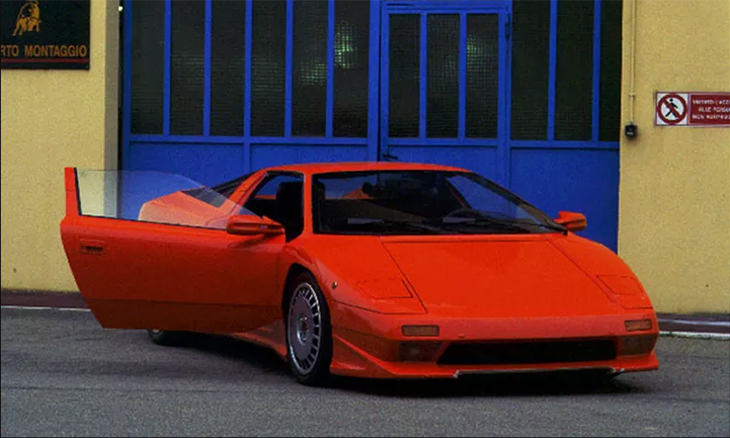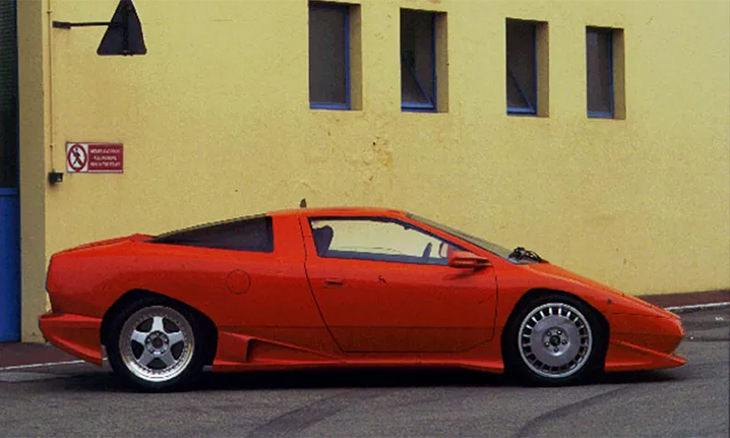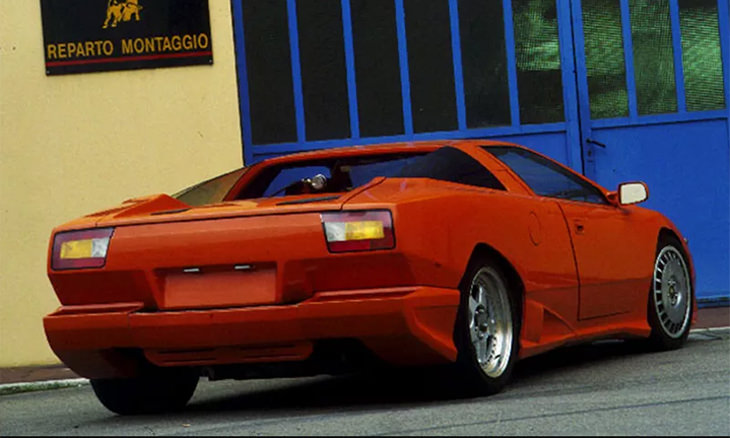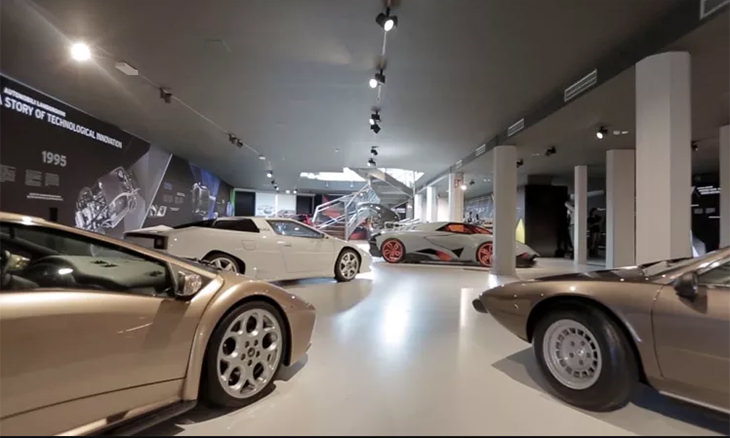
As a result, the car was killed off before it could even enter production by then-Lamborghini owner, Chrysler. One of the three prototypes built now lives in Lamborghini’s own museum, whereas another was turned into the stunning Lamborghini Cala’ concept of 1995.
The latter was another botched attempt at making a production-viable, V10-engined Lamborghini. The Cala’ also lies in the Lamborghini Museum, meaning that it took the company some 15 years to replace the outgoing Jalpa. To think what might have been!

10 Features In New Car Models You Should Know
the sheer number of feathers in modern car models can be overwhelming. Here are 10 important features you may not even be aware your car has.
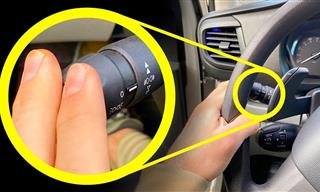 9:18
9:18
Think You Know Your Car? Check Out These 40 Rare Facts
Most of us rely on cars daily, but you’d be surprised to realize how many things we don’t even know about the world of automobiles, like these 40 facts
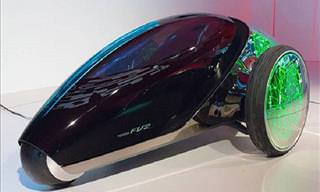
12 Incredible Futuristic Cars Currently Being Developed
With each passing year cars are becoming more and more advanced. Here are 12 stunning cars that are currently in development.
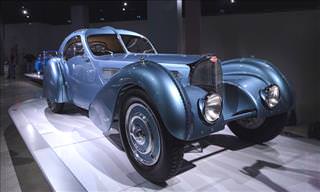 4:52
4:52
This Might Just Be the Most Expensive Car Ever
There are special cars, and then there are priceless cars. This Bugatti, which is essentially a museum piece now, is one of those priceless cars. Take a look.
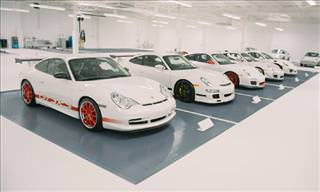
Porsche Heaven: Welcome to the White Collection
If you happen to be a Porsche fan, then you're absolutely going to love this. Welcome to the White Collection - one of the world's best Porsche collections.
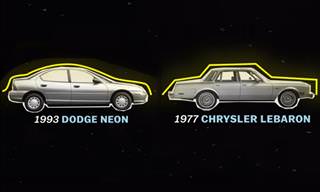 4:01
4:01
Fascinating! Find Out How Cars Evolved From Boxy to Curvy
Want to know when and why cars started changing from boxy to curvy? Find out in this video.
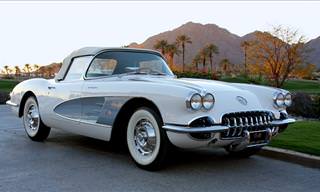
The 60s Had Some of the Most Beautiful Car Designs Ever
The 1960s were an era of great music, beautiful fashion and absolutely gorgeous cars.
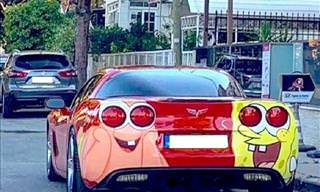
You Won’t Find Cars Like These At Any Old Car Lot!
These car designs are as impressive as they are crazy and absolutely over-the-top...

Armored History: 10 Most Important Tanks of WWII
Tanks were a significant factor in most of the main fighting theatres in World War II. Here are 10 important models any history buff should know.

These 17 Beautiful Vintage Cars Are a Treat to the Eyes
Fan of vintage cars? Then you will love this collection.
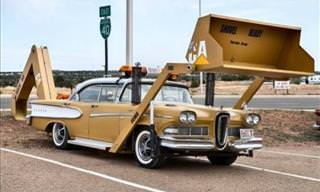
We Bet You've Never Seen Cars Stranger Than These
These cars are undoubtedly the strangest cars that you have ever seen.
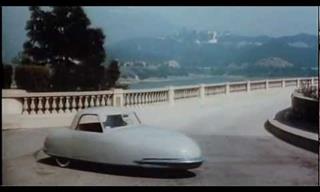 2:35
2:35
These Amazing Futuristic Cars Were Imagined In The ‘40s
This short video, which was released way back in 1948, showcases some really cool futuristic cars that look advanced even for today.
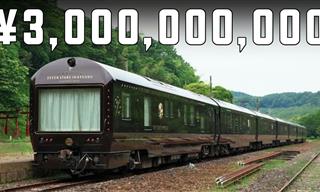 8:38
8:38
This is One LUXURY RIDE You'll Want to See!
Join us on an awe-inspiring train ride! Japan's Seven Stars Luxury Train is often referred to as the world’s most exclusive train.
 6:23
6:23
Fascinating! The Physics Behind Flights Explained!
This video gives you a bird's eye view into how our modern day flights came to be the incredible structures they are now.
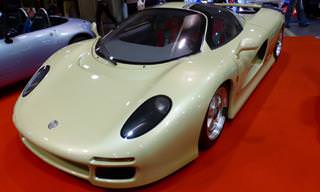
These Cars Are So Obscure, Even We Didn't Know About Them!
It's sad to think that some of these extraordinary sports cars are so obscure. Here are 10 highly obscure sports cars.
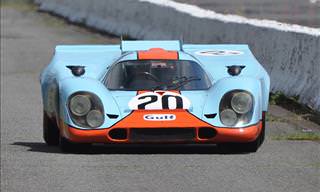
These Incredible Racing Cars Take Me Way Back!
Whether we are racing fans or not, certain racing cars are iconic for one reason or another. Here are 14 of the most iconic racing cars of all time.
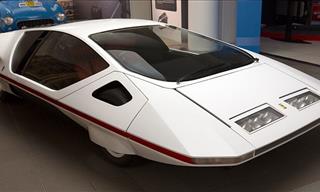
These Cars Were Designed By Some Truly Creative Geniuses!
There have been some truly strange cars seen on the road, but nothing beats these 10 cars designed by major companies to be unique
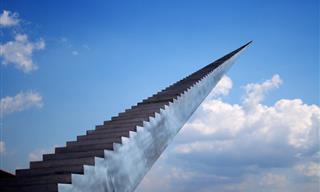
13 Statues that Seem to Break the Laws of Physics
These fascinating artistic creations all seem to bend the laws of physics.
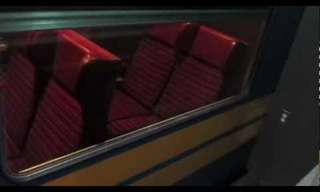 3:32
3:32
The Man Who Built a Train in His Basement!
Jason Shron from Rapido Trains Inc. loves VIA trains so much, he built a full-size train in his basement. Not just a copy, but a real train with the real interior and exterior of the original train! Some would call him crazy, some would appreciate hi

7 Beloved Grand Cars Reimagined as Today's Cars
Here’s how some discontinued car models would look if they made a comeback in 2021.
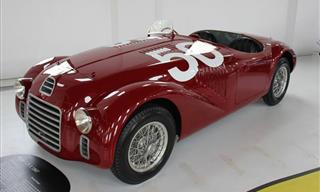
Does Ferrari Make the Most Beautiful Cars in the World?
Ferrari has undoubtedly produced some of the finest cars ever to grace the world's roads. Here are some of the most beautiful cars ever made by the company.
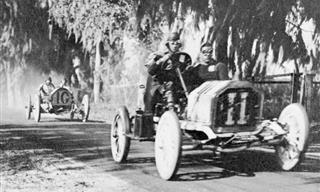
13 Rare Photos of Awesome Vintage Cars in Action
These images offer a rare look at some of the earliest moments of automotive racing.
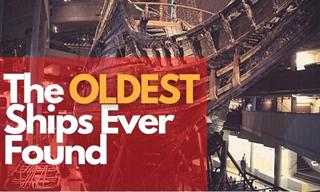
15 of the OLDEST Ships Ever Found
Let’s learn of this early history of seamanship and shipbuilding by admiring 15 of the oldest surviving ships in the world
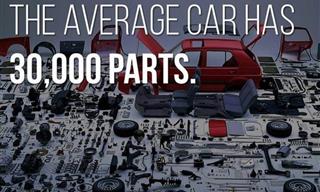
13 Lesser-Known Car Facts That May Surprise You
We're so used to cars that we sometimes forget that their history is incredibly interesting.
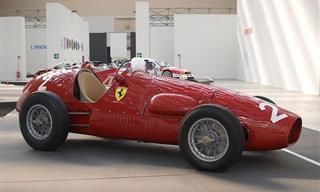
20 Photos Showing the Evolution of the Formula 1 Cars
In the series of images before you, you'll find the crown jewels; some of the best cars that won the Formula 1 championship in different periods.
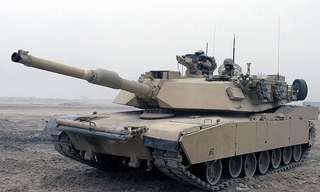
The Fighting Elite: 10 Modern and Dangerous Tanks!
These are the 10 most advanced war machines you can find on the battlefield around the world.
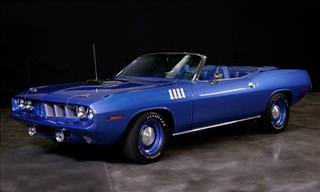
"Rare & Expensive" Doesn't Do These Muscle Cars Justice...
Rare and expensive are terms that don't do these muscle cars justice. Some are completely unique, while others actually started legends. Here they are!
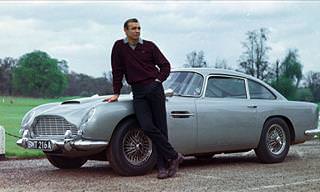
James Bond's Best 15 Cars, Boats and Planes!
James Bond is a movie icon, but the super-spy would not have been half as effective without his fleet of luxury vehicles armed with his signature gadgets.

17 Things You Need to Know Before Going to the Mechanic
Don't be fooled by your mechanic's scams. Here are 17 essential tips to keep in mind.
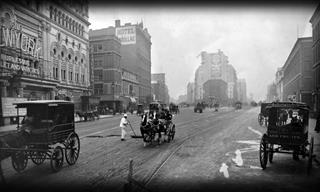 5:15
5:15
How Car Traffic Has Changed Over the Past Century
This unique video clip shows you the evolution of traffic in the USA over the past century using genuine footage from each decade, fascinating!
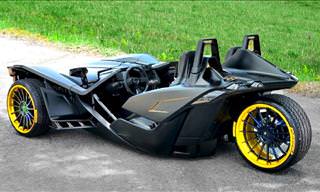 10:27
10:27
Unbelievable and Unknown Vehicles That'll Blow Your Mind
You will be absolutely blown away by these 10 insanely cool new types of vehicles that have been developed.

The 10 Worst Jet Airplanes Ever to Fly...
From the farcical, to the catastrophic and downright dangerous, these are the 10 worst jet airplanes ever.
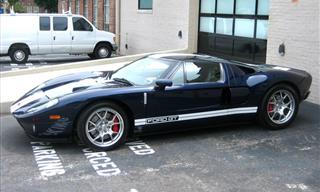
Has There Ever Been a Greater Era For Beautiful Cars?
These have been many great automotive eras, but the 21st Century has seen many technologically incredible and truly beautiful cars released. Here is the top 10.
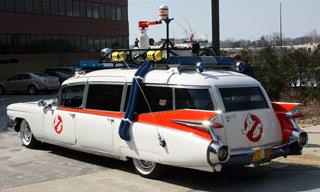
The Car, the Star: 12 Famous Cars From Movies and TV
There were many famous cars in movies and TV over the years, but some stand out above all the others. Here are the 12 most famous ever to grace our screens.
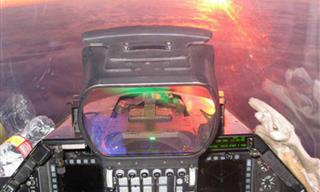
Step Inside These Rarely Seen Vehicle Cabins (14 Pics)
Take a peek inside the unseen cabins of rare vehicles.
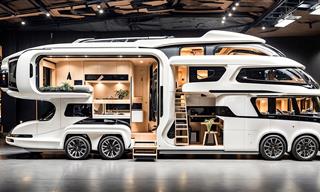 42:43
42:43
Come Meet the Fanciest RVs in the World
Whether you love to travel or just appreciate the finer things, these RVs are sure to impress. Let’s take a tour of the ultimate in road-ready luxury.
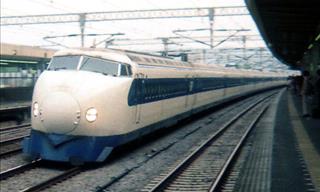
Iconic Trains That Reshaped the Course of History
Here is a look at some of the most important trains in history that went on to reshape the course of events in the world in their time.
 20:30
20:30
The Forgotten Airships of the U.S. Military
This is the story of America's ambitious journey into the age of aerial warfare.
 2:47
2:47
NASA’s X-59: Quiet Supersonic Flight is Coming Soon
Could this be the future of how we fly?
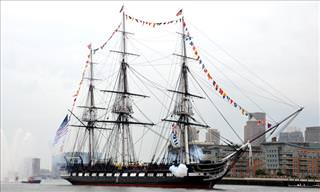
These Ships Were Sailing Long Before You Were Born
Some of the world's oldest ships still capable of sailing the seas today are much older than you'd imagine. Discover the oldest ships still afloat in the world.
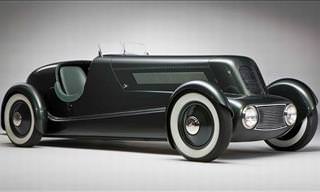
14 Beautiful Old Cars and Their Fascinating Stories...
These photos bring us the stories of some of the most exquisite car designs of long ago.
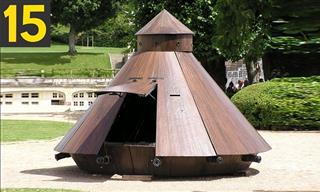 16:46
16:46
Ancient Wheels: 15 of the Oldest Vehicles in Human History
Check out these amazingly cool retro automobiles.
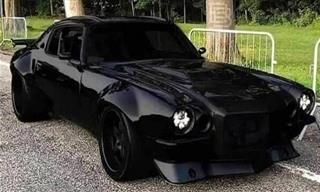
Power & Precision: 10 Incredible Muscle Car Photos
Which one of these classic muscle cars would you like to drive?
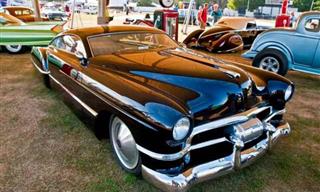
Cadzilla: One of the Most Beautiful Cars Ever Made!
This may be the most beautiful Cadillac car.

How Far Can You Drive with a Car's Fuel Warning Light On?
Sometimes we inevitably end up cutting it too fine when it comes to the amount of gas that we have in our car. Read this guide to learn how far you can go.
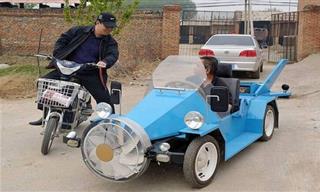
Unusual Vehicles: The Craziest Rides You’ll Encounter
Are these the craziest vehicles you’ve ever seen?
 10:04
10:04
Insanely Cool Modern Vehicles That You Need To See Now
Take a look at these insanely advanced and futuristic-looking vehicles that are set to make our lives easier in the future.
To enable your Ad-Free Subscription, please fill the fields below
Your subscription was successful, now you can enjoy an ad-free experience!!
Note: To make sure you get no ads, please make sure to log in to your account. If you are logged in already, then refresh the page. The subscription can be cancelled at any time.




